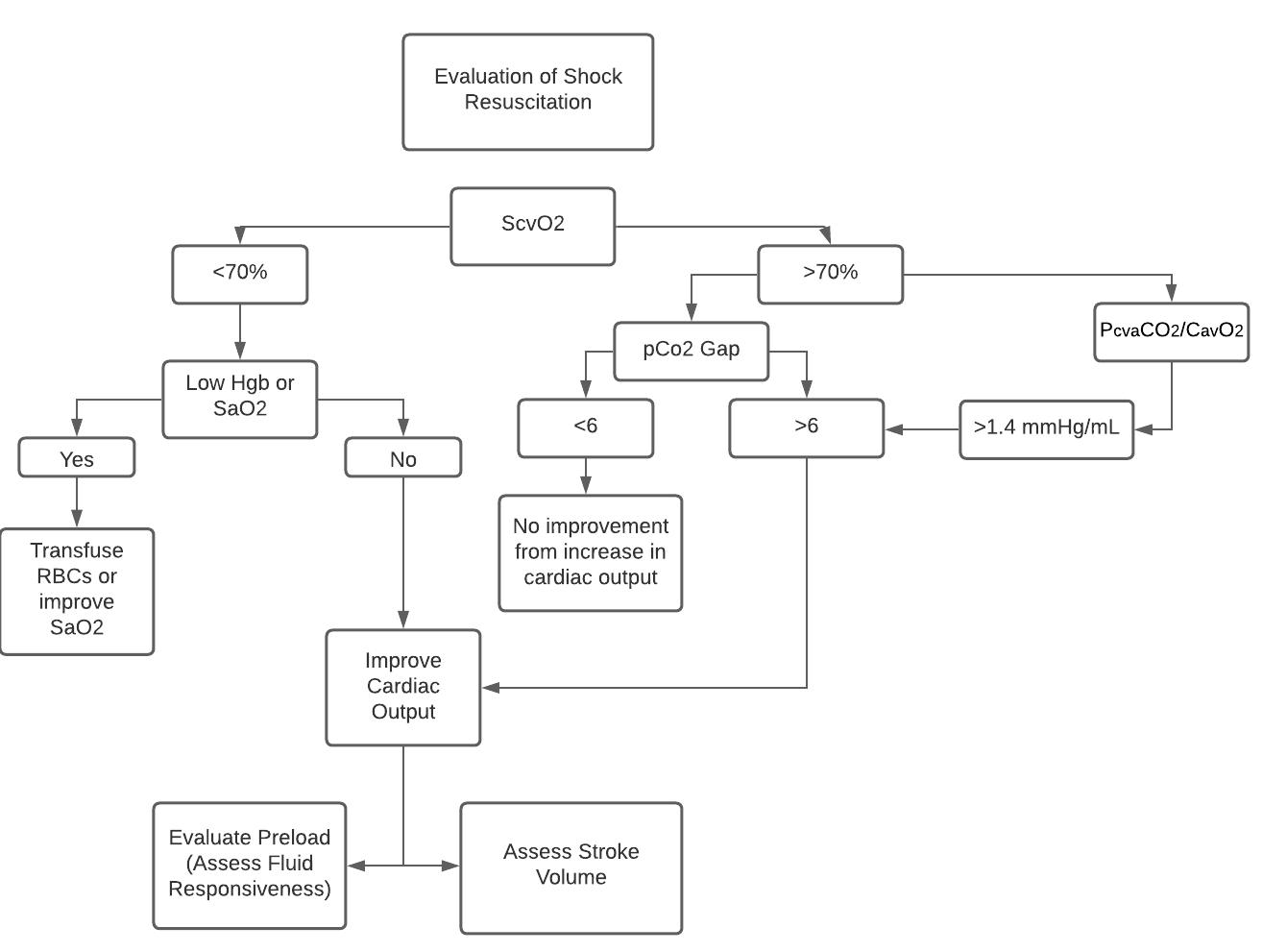A Look at Our Tribe
BOOK REVIEW
Andy Walker, MD MAAEM
Ethnology (noun): a branch of cultural anthropology dealing chiefly with the comparative and analytical study of cultures. broadly : cultural anthropology.1
M
any months ago a close friend and fellow bibliophile gifted me with a book called Unintended Consequences of Electronic Medical Records: an Emergency Room Ethnography, by Barbara Cook Overton (Lexington Books, 2020). For years he had listened to me complain about the EMR, calling it the worst thing ever to happen to American medicine. I suppose he thought that a rigorous look at EMRs that validated my feelings would ease my pain. I was in no hurry to read a book with such a boring title, and besides, I didn’t need anyone to tell me about the damage EMRs had done to physicians – especially emergency physicians – as well as patients. I wish now I had read it sooner and I highly recommend it to all those who work in America’s emergency departments, whether physician, nurse, or midlevel provider. I really wish every hospital administrator in the country would read it too but they are a lost cause. What makes the book so interesting is not its detailed and accurate accounting of how EMRs have damaged those who work in our nation’s emergency departments and endangered, injured, and even killed patients, but the author’s
approach to studying the doctors, nurses, and midlevels who work in EDs. Overton is the wife of an emergency physician and what turned into the book started as her PhD thesis in ethnology. She wound up spending several years studying urban, suburban, and rural EDs in Louisiana. Or more accurately, she studied the people who work in those EDs as though they were members of an exotic, newly discovered tribe. Seeing ourselves that way – through sympathetic eyes but as members of a foreign culture with its own language, customs, and beliefs – is fascinating and makes for an entertaining read. That is the main reason I recommend the book to emergency physicians. There are also some lively interviews with prominent emergency physicians such as Peter Viccellio and Rick Bukata, who gave Overton the title for her book’s introduction when he called EMRs “inventions of the devil.” The book has value for other reasons too, though. It teaches important lessons for both patient care and hospital finances. In fact, the last chapter before the brief conclusion is “Implications and Suggestions,” with separate sections specifically directed at patients, physicians, EMR designer/vendors, and most importantly, hospital administrators. I also think that someday this book will be an important work of history. Even now, some of you reading
this are too young to remember what practicing emergency medicine was like before the HITECH Act of 2009 forced EMRs on us before the technology was ready, and perhaps even worse, took all concern for customer (end-user) satisfaction out of the equation at the same time. You have no idea just how fast and easy it was to dictate an ED chart and write orders on paper, and can’t begin to imagine what EDs were like then. It is like looking at an expansive grassland in Nebraska and trying to imagine what it was like 200 years ago, covered with buffalo, or looking at the southern Appalachians in the spring and trying to imagine how they looked a century ago, when one third of the trees were chestnuts and all were in bloom. The EMR completely changed how doctors and nurses interact and work in the ED and this book shows you how. Finally, a personal note. In reading this book, especially its section on scribes, and reflecting on my own experiences with a variety of EMRs, I have a suggestion Overton missed for reversing the damage done by EMRs. There is one simple, cheap, easy thing hospital administrators could do that would allow physicians to spend more time at the patient’s bedside, increase patient satisfaction along with physician wellness, increase physician productivity as well as patient flow and revenue, and cut costs by
>>
in no hurry to read a book with such “I wasa boring title, and besides, I didn’t need anyone to tell me about the damage EMRs had done to physicians – especially emergency physicians.
”
COMMON SENSE SEPTEMBER/OCTOBER 2021
47



















